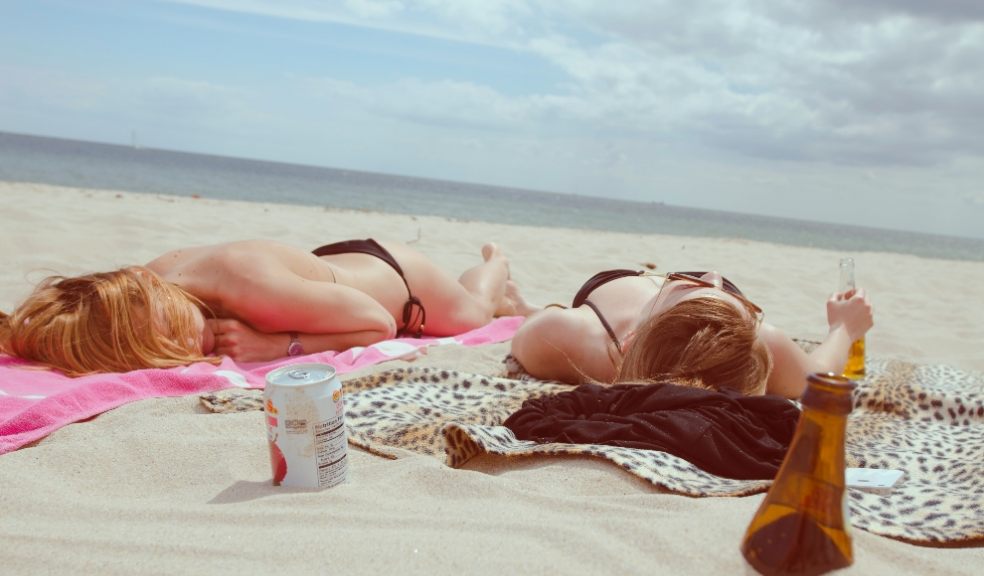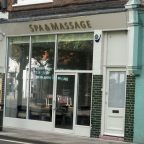
Cancer Expert Warns Of The Dangers Of Sunbeds
Jo Stoddart, Cancer Specialist at Bupa UK, warns about the dangers of sunbeds and seeking a year-round tan after a sharp rise in searches on Google:
It might be tempting to use sunbeds to seek a year-round tan, but they can give out greater doses of UV rays than the midday tropical sun and increase your risk of developing skin cancer.
Young people are particularly at risk when using sunbeds because their skin is more delicate and at a higher risk of damage. People who use sunbeds under the age of 35 have a 75% higher risk of developing malignant melanoma, the most serious type of skin cancer. And using tan accelerators for a long time has been found to increase the risk of skin cancer, too.
If you prefer to have darker skin, a fake tan is a much safer option. But remember that it does not provide sun protection, so you’ll need to use sunscreen too.
Reasons to avoid sunbeds
· Sunbeds aren’t a safe alternative to sunbathing: Using a sunbed to get a tan isn’t safer than tanning in the sun. It can be more harmful depending on the strength of the UV rays, how often you use them and your age. As well as causing cancer, using sunbeds increases your risk of sunburn, eye inflammation and accelerates skin ageing.
· It’s never safe to use a sunbed: You may be tempted to use a sunbed to build up your tan before going on holiday. However, getting a tan before you go on a sun holiday doesn't build up your resistance to UV rays. There is no ‘safe’ way to tan in the sun or on a sunbed. Spending too much time in the sun causes skin damage, even if you are tanned. Your skin will appear darker when you’re tanned because it’s your body’s way of protecting itself from harmful UV rays.
· We don’t need sunbeds for a vitamin D boost: We all need vitamin D to help regulate the amount of calcium in your body, which helps build strong and healthy bones. Our main source of vitamin D comes from the sun – it’s the best way to boost your levels naturally, and not from a sunbed. Depending on your skin type and sun strength, 10-30 minutes of midday sunlight during the summer months should give you enough vitamin D for the year. However, your exposure time should depend on how sensitive your skin is to sunlight. You can also boost your vitamin D levels naturally through food, such as breakfast cereals, oily fish, and eggs.
With another heatwave expected in the UK in July, Jo Stoddart shares her advice on staying safe in the sun:
If you’re spending an extended amount of time in the sunshine, then cover up with suitable clothing. Avoid sitting directly in the sun during the hottest time of the day between 11am and 3pm, and wear sunglasses with a UV 400 mark to ensure they will protect your eyes from harmful rays.
Always wear a sunscreen with a high factor; you should wear sun cream with an SPF of at least 30 if you’re out in strong sunlight and a high UVA protection of at least four stars.
Remember that the sun in the UK is just as strong as it is abroad, in fact it can be strong enough to cause skin damage from the start of April to the end of September. So even if it is cloudy or not as warm as the sun abroad, you still need to keep yourself protected.
If you do notice that something isn't quite right, such as a new, painful or changing mole or freckle, it's always a good idea to speak to a medical professional. Most moles are harmless and they’re usually nothing to worry about, but it’s important to get any unusual changes to the skin checked out as it could be a sign of something more serious.













